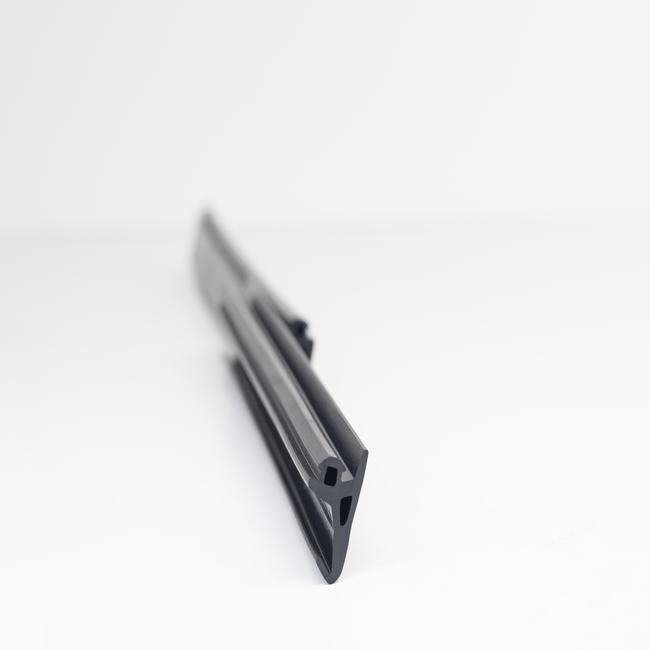Dilatation seals, often referred to as expansion joints, are crucial components in various industries and engineering applications, primarily designed to address the challenges posed by thermal expansion, contraction, vibration, and other dynamic forces within structures, pipelines, and machinery. These seals play a pivotal role in maintaining the integrity, safety, and functionality of systems subjected to temperature fluctuations, structural movements, and fluid pressure changes. Their design and functionality have evolved over the years, making them indispensable in numerous sectors, such as construction, manufacturing, petrochemical, energy, and transportation.
Key Features and Functions:
- Flexibility and Movement Compensation: Dilatation seals are engineered to accommodate movements, both axial and lateral, arising from thermal expansion and contraction, seismic activity, and operational dynamics. They provide flexibility, allowing structures and systems to adapt to changing conditions without causing damage or stress.
- Leakage Prevention: These seals effectively seal the gaps or interfaces between adjacent components, ensuring that fluids, gases, or particulate matter do not escape or intrude into unwanted areas. This is crucial for maintaining the safety and environmental standards of various processes.
- Vibration and Noise Dampening: In addition to temperature-related movements, dilatation seals also help absorb vibrations and reduce noise transmission within systems. This is particularly important in industries where excessive vibration or noise can affect operational efficiency and worker safety.
- Corrosion Resistance: Many dilatation seals are constructed from materials that can withstand corrosive environments, making them suitable for use in harsh conditions, such as in chemical processing plants, offshore platforms, and wastewater treatment facilities.
- Easy Installation and Maintenance: Dilatation seals are typically designed for straightforward installation and maintenance, reducing downtime and operational disruptions. Some designs feature modular components, making replacement or repair more cost-effective.
Types of Dilatation Seals:
- Bellows Expansion Joints: These are typically used in pipelines and ducting systems, featuring a bellows-like structure that can compress and expand to absorb movement and maintain a seal.
- Rubber Expansion Joints: Made from flexible rubber or elastomeric materials, these joints are cost-effective and versatile, suitable for a wide range of applications.
- Metallic Expansion Joints: Constructed from various metals, such as stainless steel, these joints provide exceptional durability and resistance to high temperatures and pressures.
- Fabric Expansion Joints: Fabric-based expansion joints are lightweight and ideal for applications where weight is a concern, such as in HVAC systems.
- Teflon Expansion Joints: Teflon, or PTFE, expansion joints offer excellent chemical resistance and are often used in applications involving corrosive chemicals.
Applications:
Dilatation seals are used in a wide array of industries and applications, including:
- Petrochemical Industry: They are employed in pipelines, refineries, and chemical processing plants to handle extreme temperatures, pressures, and corrosive materials.
- Power Generation: In power plants, dilatation seals are used in the exhaust systems of turbines and as part of heat exchangers to accommodate thermal expansion and maintain efficiency.
- Construction and Infrastructure: Expansion joints are used in bridges, buildings, and roadways to compensate for structural movement caused by temperature variations and seismic activity.
- Manufacturing: In manufacturing facilities, these seals are used in various equipment, including ovens, furnaces, and manufacturing lines, to ensure safe and efficient operations.
- HVAC Systems: Dilatation seals are integrated into heating, ventilation, and air conditioning systems to absorb vibrations, compensate for thermal expansion, and maintain airtight seals.
- Transportation: In the automotive and aerospace industries, expansion joints are used in exhaust systems and other critical components to accommodate temperature variations and reduce vibration-induced stress.
In conclusion, dilatation seals are essential components in a wide range of industries and applications, providing flexibility, sealing capabilities, and durability in the face of challenging environmental conditions. Their design and material selection are tailored to specific requirements, making them versatile solutions for addressing the dynamic forces and movements encountered in complex engineering systems.






